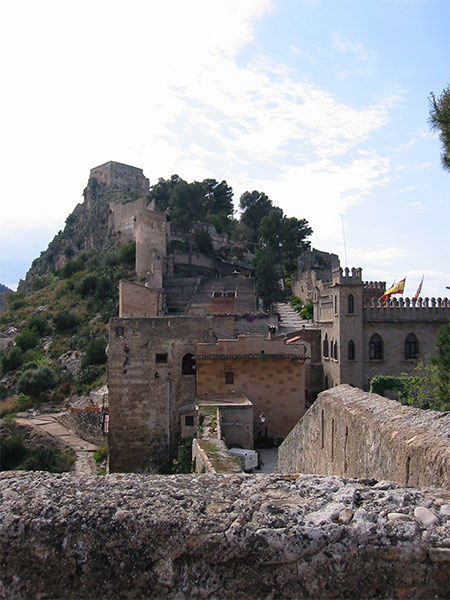The Finest Castle in the World
Robert I. Burns and Paul E. Chevedden describe how a much-besieged citadel became the focus for Christian-Muslim co-existence in medieval Spain.

Medieval Christian and Muslim powers lived by a web of pacts, truces and alliances, not only among their own religious-ethnic group but frequently with the ‘infidel’ powers around them. Each contestant in the struggle between Cross and Crescent had to be capable of negotiation. Each treaty or truce represented a unique circumstance, a tangle of options, dangers, opportunities and historical and geographical contexts. The principals in this diplomacy were negotiating to keep or to surrender elements of their identity and their culture. Since Islam and Christendom embraced radically different belief systems, legal assumptions and rhetorical traditions, a Christian-Islamic treaty was not truly a meeting of minds but rather a clash of cultures and political psychologies.





